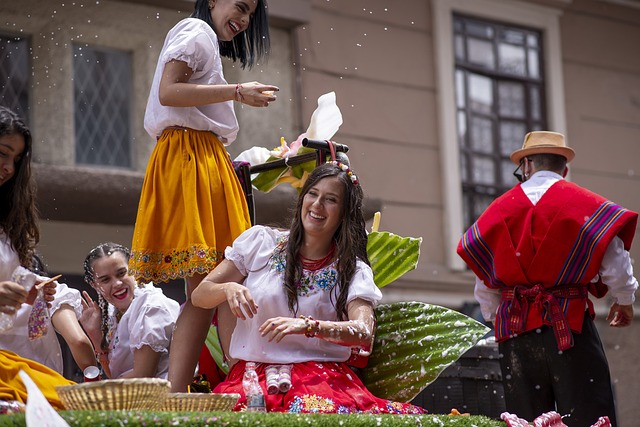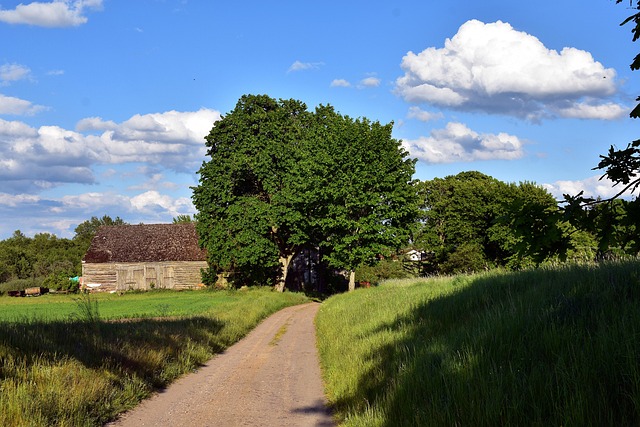
“Cultivating Connection: The Role of Cultural Community Spaces in Urban Development”
Embracing the Soul of the City: How Cultural Community Spaces Shape Urban Lives
In the heartbeat of every bustling city lies an intricate web of stories, traditions, and shared experiences. Cultural community spaces serve as the living rooms of urban life—places where diverse voices converge, creativity flourishes, and a collective identity is nurtured. These spaces do more than just fill physical gaps within concrete jungles; they breathe life into neighborhoods, fostering connection and resilience amidst the rapid pace of urban development.
As cities expand, the challenge isn’t just about building structures but cultivating environments that resonate emotionally and culturally with their inhabitants. Here, cultural community spaces become pivotal. Whether it’s a local art center, a community garden, a neighborhood theater, or an open-air market, these hubs invite citizens to engage with each other beyond transactional encounters. They become sanctuaries of belonging in an often fragmented urban landscape.
The impact of embedding cultural community spaces into urban development is profound. They act as catalysts for social cohesion, reducing isolation by bringing people together across age, ethnicity, and socioeconomic lines. When residents participate in shared cultural activities, it not only enriches their lives but ignites a collective pride that strengthens neighborhood identities.
Moreover, these spaces fuel economic vitality. By supporting local artists, craftspeople, and small businesses, they keep economic benefits within the community and attract visitors eager to experience authentic cultural expressions. This sustainable approach to growth ensures that development is inclusive, valuing heritage as much as innovation.
Urban planners and policymakers increasingly recognize the significance of incorporating cultural community spaces into development projects. Prioritizing pedestrian-friendly designs, preserving historic sites, and creating versatile public venues embody a commitment to human-centric growth. The result is a cityscape that not only houses people but also nurtures their creativity, well-being, and sense of home.
For residents, these spaces offer a canvas to express identity and build friendships that withstand the challenges of urban life. For visitors, they provide a window into the authentic spirit of a community, transforming a city from a mere destination into a meaningful experience.
In essence, the integration of cultural community spaces within urban development whispers a simple truth: cities are not just measured by their skylines but by the depth of connection they cultivate among their people. By valuing these spaces, we invite empathy, creativity, and inclusivity to the forefront of progress, ensuring that growth is not only physical but profoundly human.



